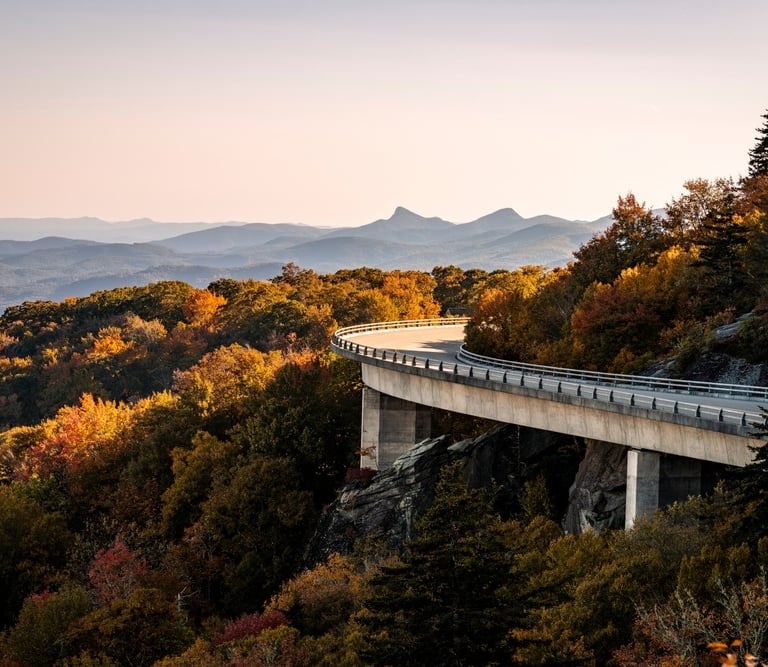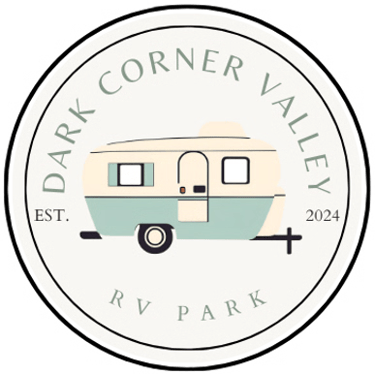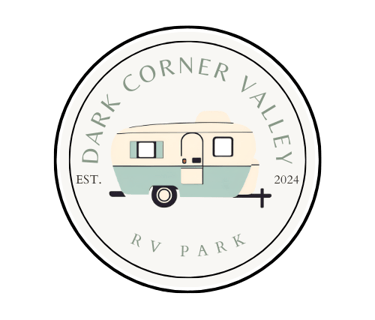HISTORY OF THE DARK CORNER
The Dark Corner of South Carolina has always been a unique place inhabited by unique people. Beginning with the Revolutionary War veterans that originally settled the region, a strong and distinct identity has kept hold over the areas surrounding Glassy and Hogback mountains. The story of the Dark Corner is one rooted in independence, opposition, and defiance.
THE NAME
Possibly the first reference to this region as "The Dark Corner," came in the 1830s. As a new Federal tax on foreign trade faced severe backlash in many Southern states, South Carolinians would come together to vote to nullify the tariff. Nearly all of the state would vote in favor of nullification, with the little region around Glassy Mountain being nearly the only place of overwhelming opposition. A politician reportedly had this to say on the matter:
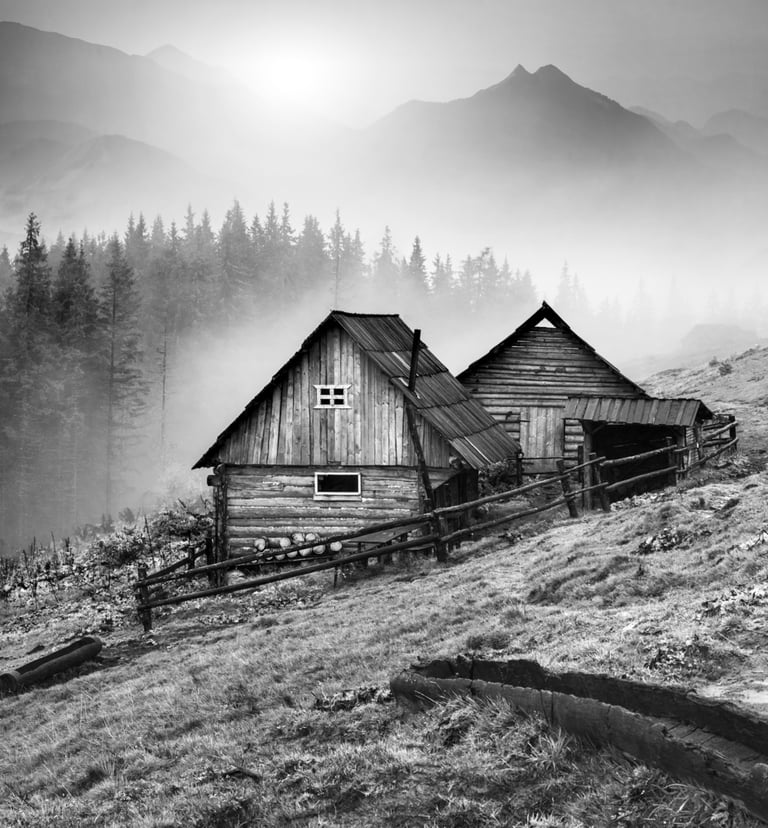

And he was correct. These Dark Corner locals were the children and grandchildren of those that fought for an independent United States and largely remained supporters of the Union. That support was still apparent during the American Civil War, with Dark Corner residents being slow and reluctant to enlist with the Confederacy. In fact, the area became something of a safe haven for Confederate deserters. The mountainous landscape made it easy for those opposed to the war to hide away and live as they pleased.
"The bright light of nullification will never shine in that dark corner of South Carolina."
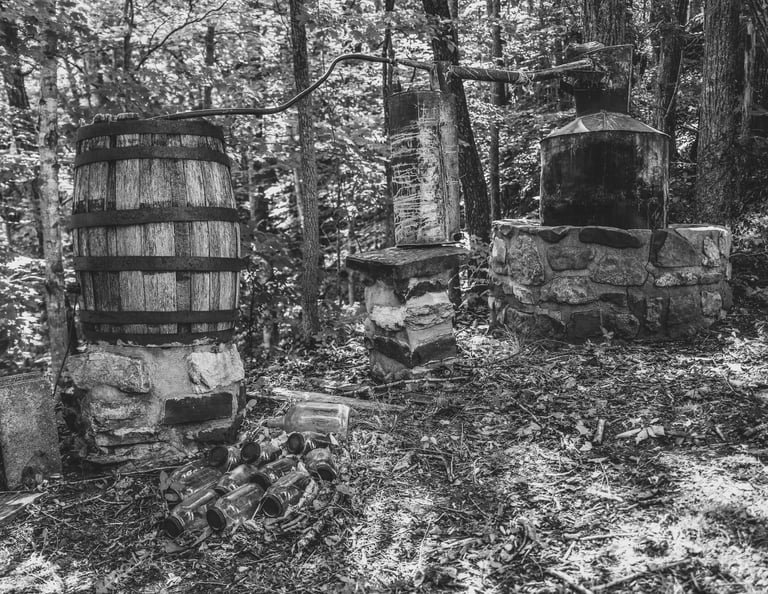

HOOCH FROM THE HILLS
Living as they pleased just happened to include the completely unregulated manufacture and distribution of whiskey and moonshine. Illegal distilleries would become an incredibly popular line of work in the mountains for many decades to come. Living in the Dark Corner meant living away from much of society, necessitating families be self-sufficient. Without access to many job opportunities, family farms were quite common, and distilling liquor was an easy way to bring in more money for the family. These untaxed distilleries would be largely out of the reach of the law for decades, with many still operating through the middle of the twentieth century.
(Our family actually grew up exploring the woods nearby and came across the remains of three separate stills that had been dismantled by police many years ago. Very distinct pickaxe holes through the largest barrels, old glass bottles scattered around, and all located directly next to a stream)
THE FAST AND THE FERMENTED
During the twentieth century, the name "Dark Corner" was growing less associated with nullification and more with its distance from the rest of civilization and the culture of the people living there. The region was one of the last in South Carolina to be fully wired with electricity, was full of moonshiners, prone to shootouts over land or the whiskey business, and even helped to give rise to NASCAR.
It was those illegally distributing moonshine that would build their cars to be quick enough to evade police and even race each other. The distillers of the Blue Ridge mountains, including Tennessee and North Carolina, would create a new culture of speed around their cars that would eventually lead to the creation of NASCAR.
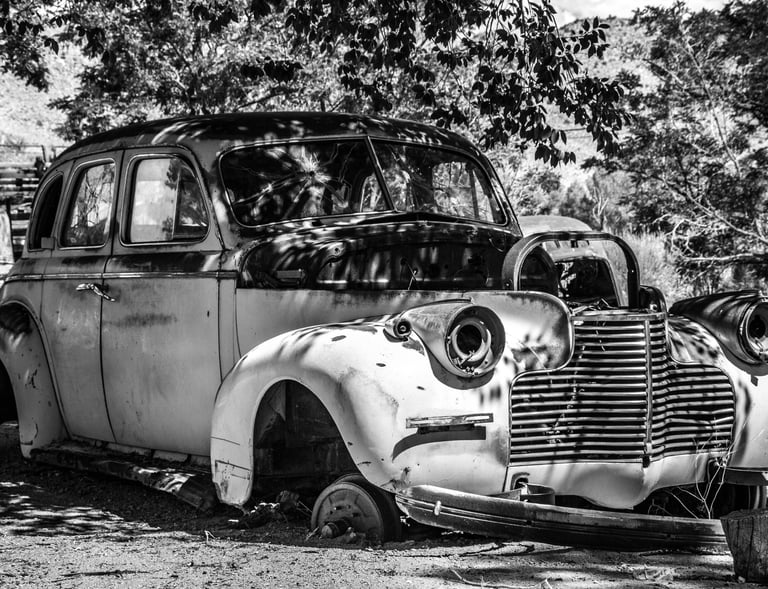

TODAY
The Dark Corner is not as dark as it once was. The days of speed-loving whiskey outlaws, and having to read by candlelight are now in the past. But the people still remain. Sure, the secret of this beautiful landscape is out; and more people have been attracted to (what was once) pretty affordable land.
Even with great and growing cities like Greenville nearby to the South and Asheville to the North, a certain spirit still remains in the space between; one that was born from the aftermath of revolution and has remained proudly independent since.
